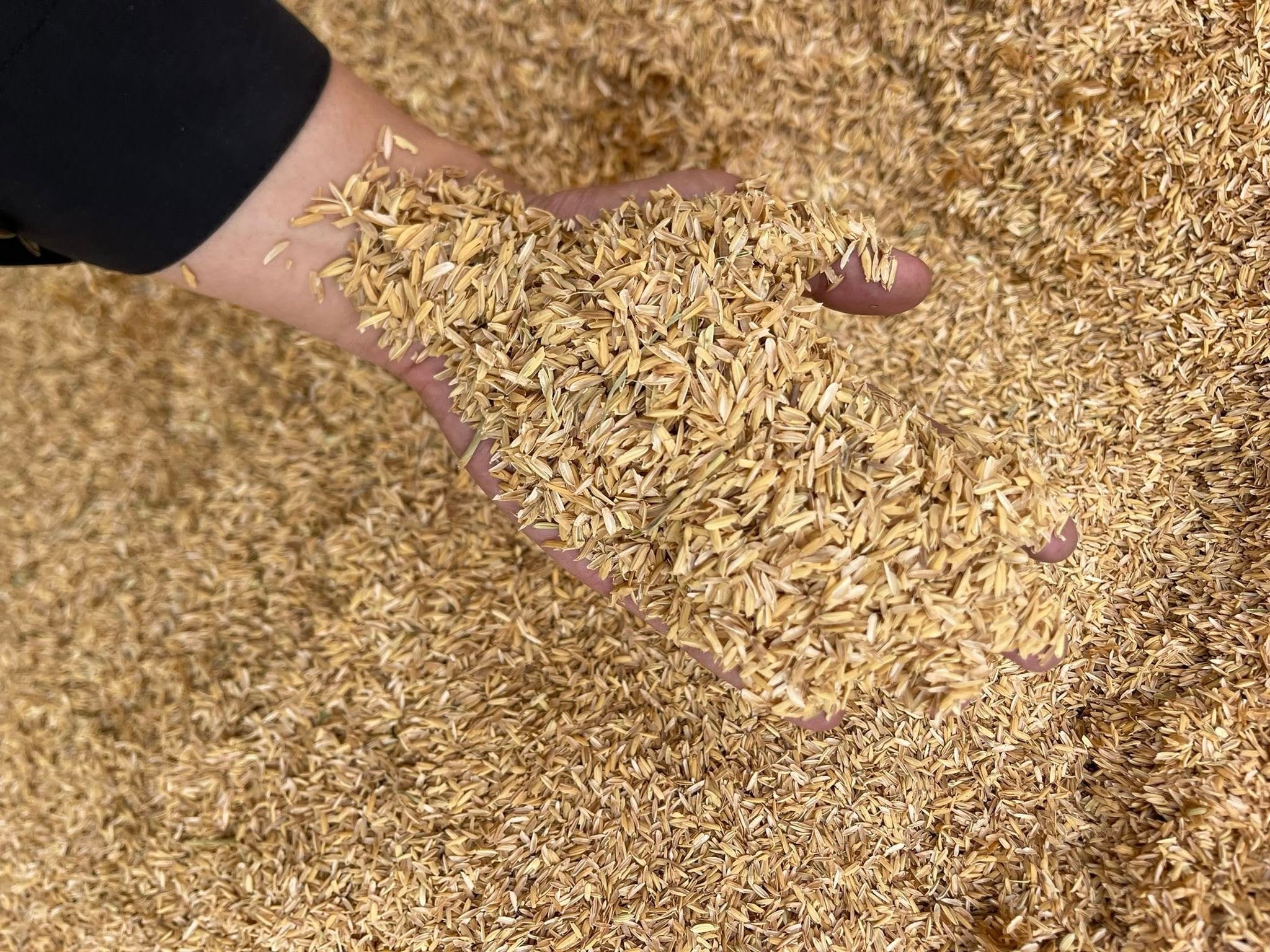
According to experts, the current state of agricultural land is getting worse, affecting production and the quality of agricultural products. Poor soil originates from the indiscriminate use of pesticides. Therefore, to reduce chemicals in the soil, as well as increase the health of agricultural land, it is necessary to prioritize the use of agricultural by-products, followed by a harmonious combination of chemical and biological pesticides.
Statistics from the Ministry of Agriculture and Environment show that each year in Vietnam, more than 150 million tons of agricultural by-products are wasted. Specifically, about 90 million tons of post-harvest by-products from crops, from the agricultural processing of the cultivation industry; 62 million tons of livestock and poultry manure from the livestock industry; 6 million tons from the forestry industry; nearly 1 million tons from the aquaculture industry. Every year, the biomass by-products from rice, corn, sugarcane, and vegetables of all kinds can provide about 43 million tons of organic matter; 1.8 million tons of urea; 1.6 million tons of superphosphate; 2.2 million tons of potassium, etc.
This is considered a huge number to compensate for nutrients in the soil and use for crops in agricultural cultivation. In the livestock industry, only 23% of waste is utilized to produce organic fertilizers, the rest is being wasted. It is estimated that the amount of livestock waste tends to increase gradually over the years: 62 million tons (2022), 68.15 million tons (2025) and 71.92 million tons (2030).
Environmental experts say that for a circular agricultural economy associated with green growth, agricultural, forestry and fishery by-products must be considered a renewable resource, not waste. Agricultural by-products are all organic in origin and can be reused for agricultural production purposes. This source of raw materials should be considered an important input, extending the value chain in agriculture. Many experts even consider agricultural by-products to be the “gold mine” of the agricultural sector.
According to research by the Global Green Growth Institute (GGGI), Vietnam annually generates about 93.6 million tons of crop by-products, but only over 52% of them are collected and used. Meanwhile, these by-products can become ideal raw materials for biochar production. Biochar products have a porous structure, are rich in carbon, and have the ability to improve soil properties, retain water, increase nutrient exchange, and especially sequester carbon from the atmosphere for hundreds of years.
Deputy Minister of Agriculture and Environment Tran Thanh Nam said that the current use and processing of agricultural waste and by-products, although achieving certain results, is still not uniform and effective, causing great waste.
A representative of the Department of International Cooperation (Ministry of Agriculture and Environment) emphasized that there is still a lack of regulations on standardization and quality control of biochar products, a lack of cooperation between relevant parties, and pyrolysis technology has not been recognized as a green technology, hindering its widespread application.
Regarding this issue, Associate Professor Dr. Bui Thi An - Director of the Institute of Natural Resources, Environment and Community Development said that agricultural waste and by-products are a huge resource of Vietnam. Most of them can be recycled into raw materials for other production activities, creating a circular process in agriculture. According to Ms. An, the problem of exploiting agricultural waste and by-products does not only depend on farmers but the key factor is managers. How to make people see positive and optimistic signals from recycling and using agricultural waste and by-products, that is the role of managers.
Source: https://baolaocai.vn/mo-vang-cua-nganh-nong-nghiep-post879543.html



![[Photo] Bustling Mid-Autumn Festival at the Museum of Ethnology](https://vphoto.vietnam.vn/thumb/1200x675/vietnam/resource/IMAGE/2025/10/4/da8d5927734d4ca58e3eced14bc435a3)
![[Photo] Solemn opening of the 8th Congress of the Central Public Security Party Committee, term 2025-2030](https://vphoto.vietnam.vn/thumb/1200x675/vietnam/resource/IMAGE/2025/10/4/f3b00fb779f44979809441a4dac5c7df)
![[Photo] General Secretary To Lam attends the 8th Congress of the Central Public Security Party Committee](https://vphoto.vietnam.vn/thumb/1200x675/vietnam/resource/IMAGE/2025/10/4/79fadf490f674dc483794f2d955f6045)


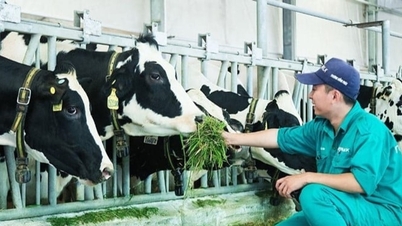

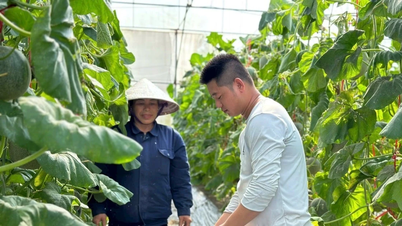


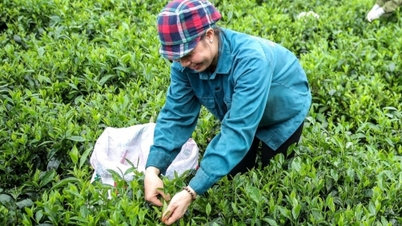
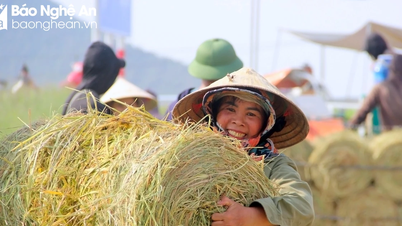

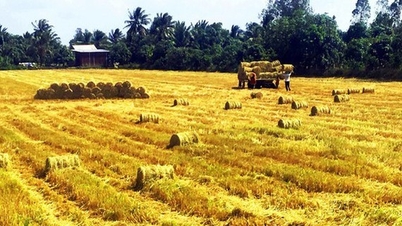

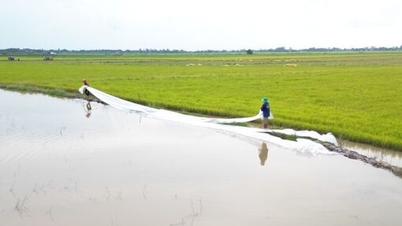

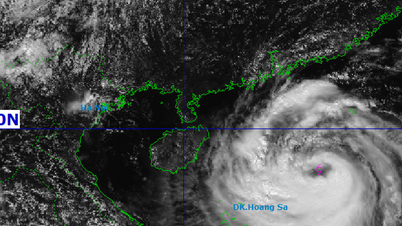





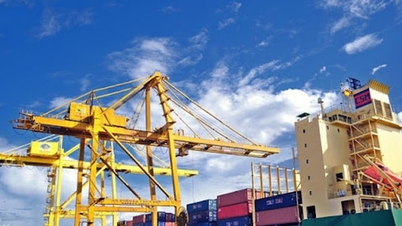





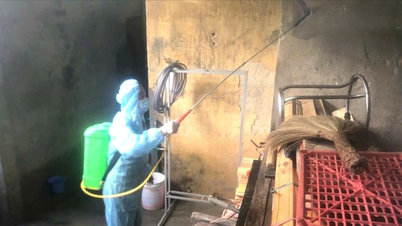
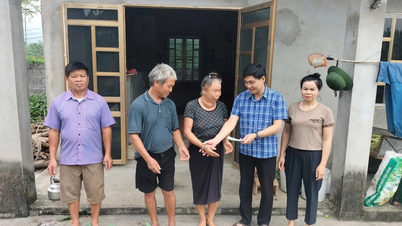
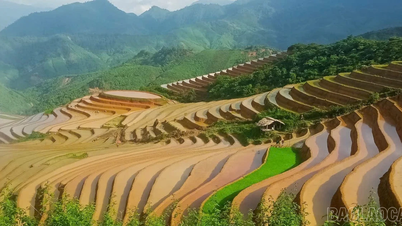
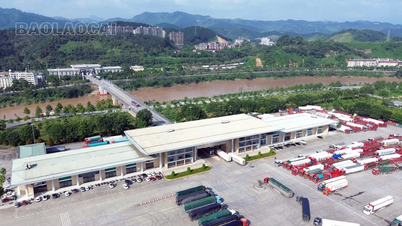
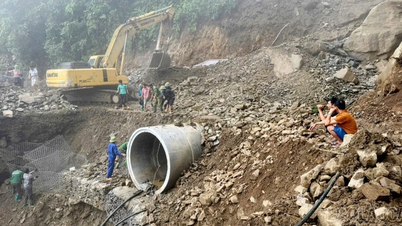
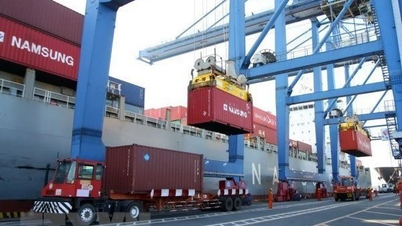
![[Infographic] Notable numbers after 3 months of "reorganizing the country"](https://vphoto.vietnam.vn/thumb/1200x675/vietnam/resource/IMAGE/2025/10/4/ce8bb72c722348e09e942d04f0dd9729)



























![[VIDEO] GENERAL SECRETARY TO LAM AWARDS PETROVIETNAM 8 GOLDEN WORDS: "PIONEER - EXCELLENT - SUSTAINABLE - GLOBAL"](https://vphoto.vietnam.vn/thumb/402x226/vietnam/resource/IMAGE/2025/7/23/c2fdb48863e846cfa9fb8e6ea9cf44e7)


















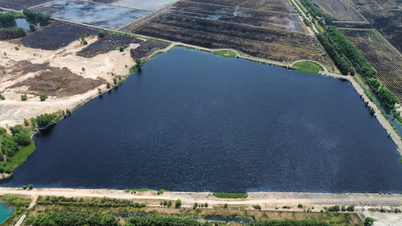




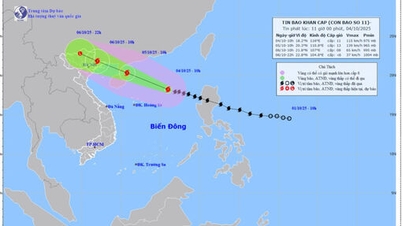

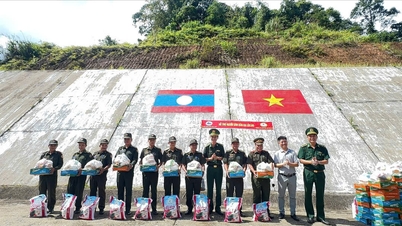






Comment (0)